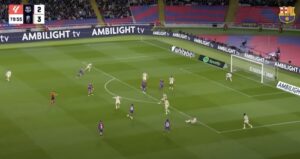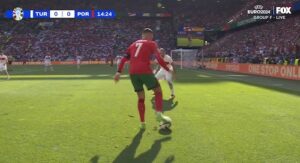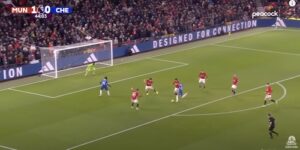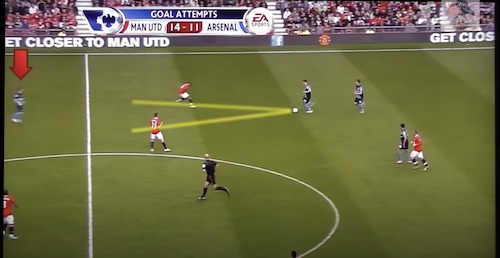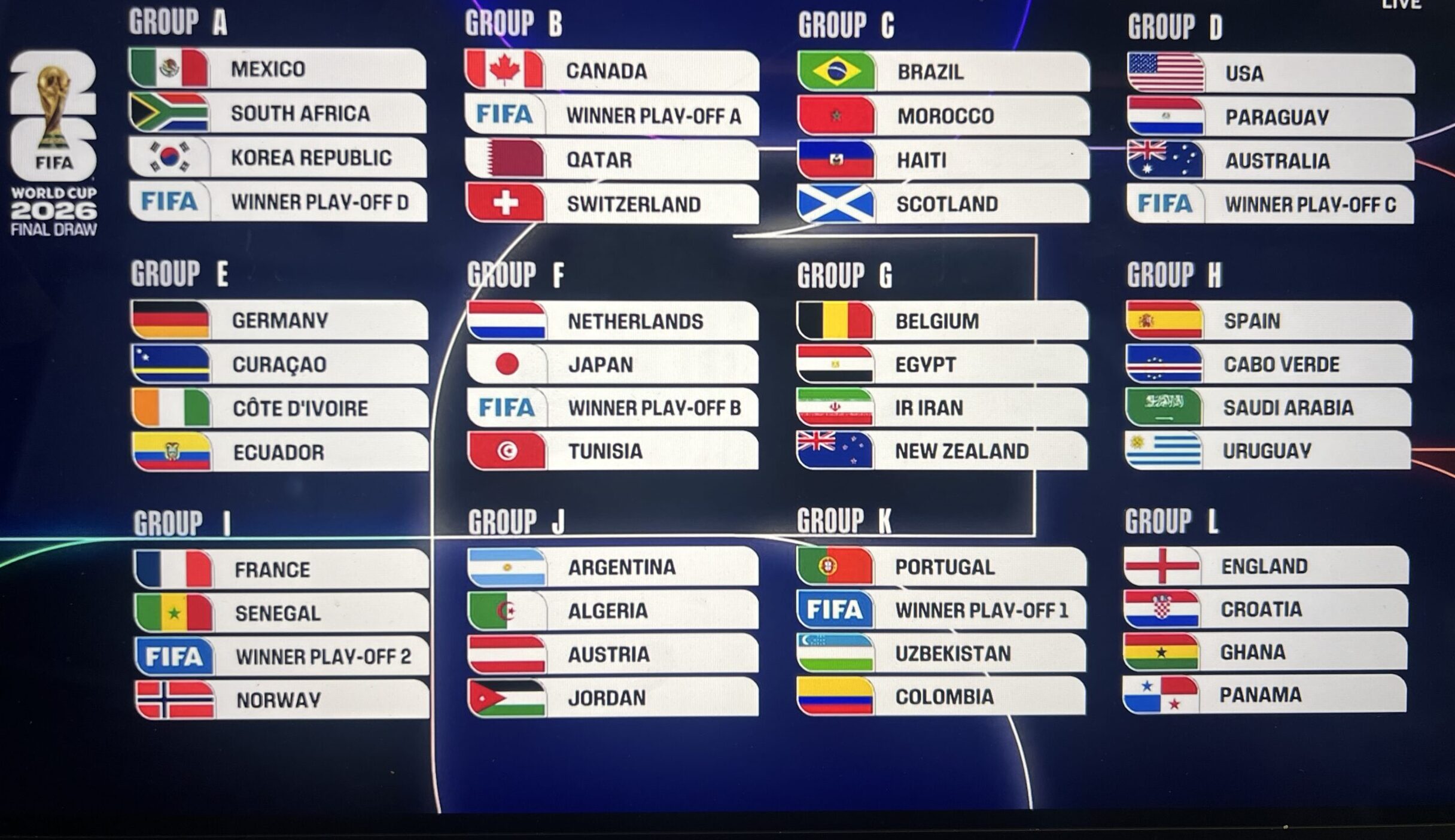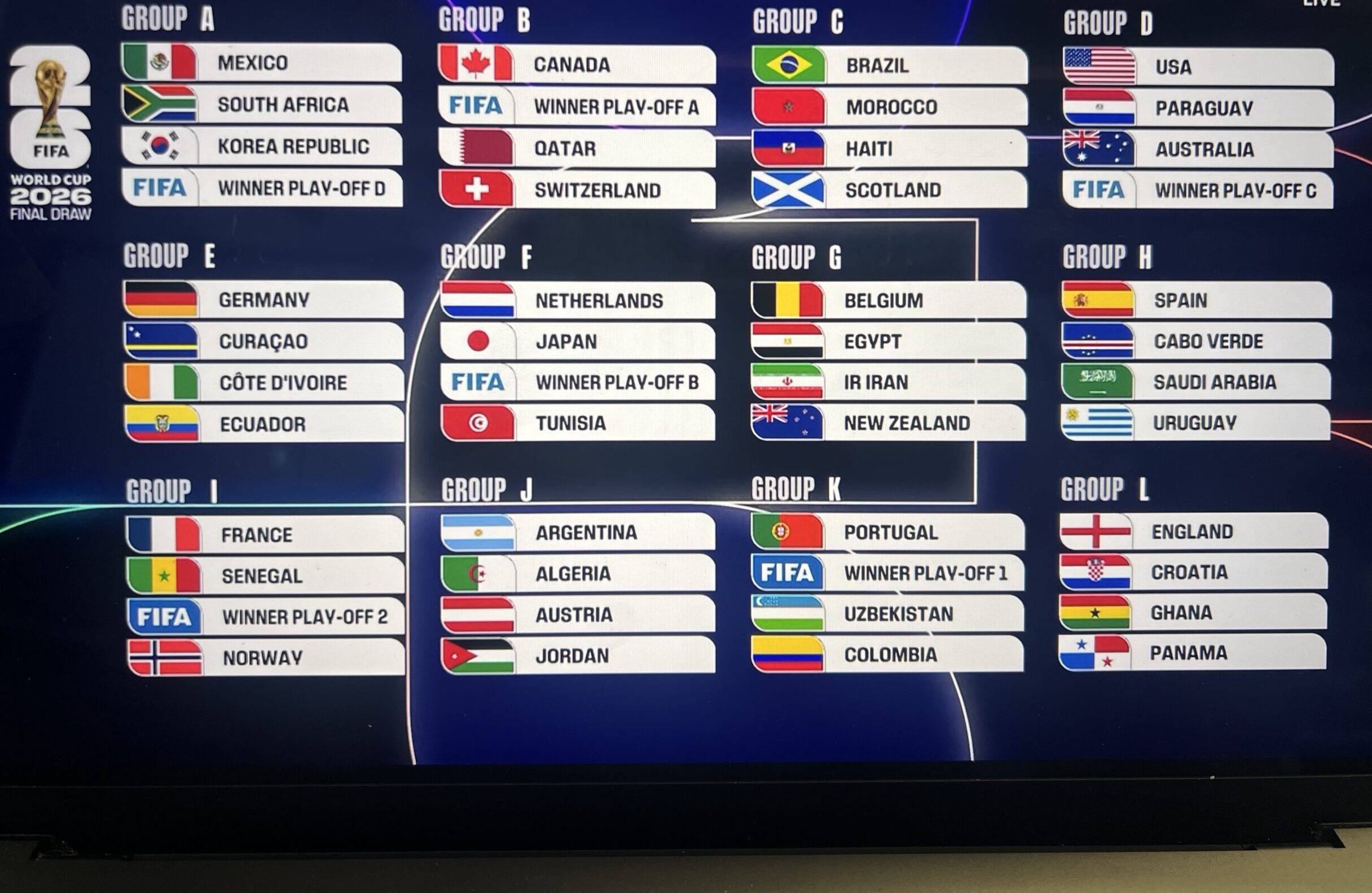By Lawrence Ostlere
The soccer formation a manager deploys is vital to every soccer team’s fortunes as it dictates so much of how the game is played. Each system is tailored to suit the players available, maximizing their strengths whilst limiting their weaknesses. Every sport evolves as players and coaches push to be the best, and soccer is no different.
Soccer formations have moved on from the stock 4-2-4 of the fifties and sixties to find countless different ways of setting up a team. In the modern era of world football, here are 3 of the main systems employed by soccer coaches in the game today. What do you think is the best soccer formation?
4-4-2 Soccer Formation
This soccer formation became the standard particularly during the 1990s, and is still used by many top sides today, despite its declining importance. The system is based on partnerships through the middle of the field to create balance. So, whilst one centre back goes to win the ball, the other drops back to cover the space behind. The two centre midfielders are typically given either an attacking or defensive role – Manchester United’s 1990s side saw Roy Keane do the defensive work whilst Paul Scholes sought to score and create goals.
Likewise in attack, the strikers are often paired to offer different threats – Tottenham Hotspur use the height of Peter Crouch alongside the pace of Jermaine Defoe. This means that if the opposing side take up a defensive line high up the pitch, Defoe’s pace can exploit the space behind, and if the defense then drops deeper to nullify Defoe, Crouch will be much further forward, where his height gives him the opportunity to score headed goals in the penalty area.
However, 4-4-2 is starting to be considered old fashioned, a traditional formation that is several years behind the modern evolution of the game. This was partly because it was seen as too rigid. The set-up of two lines of four means spaces are created between them, so a team using a holding-role player, for example, can benefit from the space he can exploit between the opposition’s attack and midfield in a 4-4-2.
By using this space, Claude Makelele successfully helped Real Madrid and then Chelsea to pass the ball from midfield to attack safely and maintain possession. In the same way, a creative player can unlock defenses by finding space between the midfield line and the defense to create chances from these areas. Intelligent players are particularly prone to succeeding in these roles, like Wayne Rooney, who expertly drops from his role as a striker into this space, often referred to as ‘the hole’.
Another reason for the steady demise of 4-4-2 is simply that deploying two out-and-out strikers (players who have no defensive responsibilities) is seen as too risky. In the modern game particularly, where many of the best teams like Spain and Barcelona dominate midfield possession, it is seen as important to have three central midfielders rather than two. This is particularly the case in the Spanish, Italian and German leagues. However, the other one of the big four, the English Premier League, still has many sides that retain a 4-4-2 system.
This is because while technical skill is paramount in Spain, for example, in England the game is played at a faster pace with less emphasis on technique and ball control, and more importance placed on speed and power. As a result, the midfield can sometimes get by-passed as the ball is quickly sent forward to the attacking line to score goals, and thus two strikers are needed and only two central midfield players.
4-3-3 Soccer Formation
This system has in many ways begun to supersede 4-4-2. It became particularly prominent in Spain and is still used by Barcelona to great effect. Although it is generally labelled 4-3-3, in truth this is only the case when in possession. The attacking trio often involve two wide players who, when without the ball, track back into midfield to create a 4-5-1 set-up. It is this flexibility which has made the system so effective. The fluidity and adaptability is far less predictable than the 4-4-2, and the ability to rapidly change to 4-3-3 when a side wins the ball helps create rapid counter-attacking football.
The secret of a good formation is to maximize the team’s strengths, and Barcelona’s 4-3-3 does exactly that. The system incorporates attacking full-backs who have important roles in overlapping their wingers to provide width – full-backs are often seen as having fairly insignificant roles in a 4-4-2 – but in this system they are crucial.
The forward run of right-back Dani Alves makes the opposing left-back move out to the touchline to mark him, and allows the right winger, Leonel Messi, to dribble inside – the system is therefore best deployed when the wingers’ strongest foot is on the inside. Probably Messi’s only flaw is his reluctance to pass or cross with his right foot, so the system is perfect for him to dribble in from the right touchline with his left, and the extra space and support from Dani Alves only increases his threat.
The midfield trio is also important here. They can be deployed in different ways, but often there is one player selected to sit deep in the holding-role and rarely go forward in order to protect his defense and cover his full-backs when they venture up the field, something done ably by Sergio Busquets for Barca. This allows Xavi and Iniesta or Keita the freedom to attack and create chances.
4-2-3-1 Soccer Formation
This is a very popular formation currently, and was used to great effect at the World Cup. Germany used this system in South Africa by deploying Bastien Schweinsteiger and new Real Madrid signing Sami Khedira in the centre of midfield to provide a platform for the attacking midfielders of Lukas Podolski, Mesut Oesil and Golden Ball winner Thomas Mueller to support striker Miroslav Klose. The Dutch used a similar system with Marc Van Bommel and Nigel de Jong as the central midfield pairing.
It has many similarities to the 4-3-3. For example, the set-up is flexible, with the 3 attacking midfielders given defensive responsibilities when without possession. This creates essentially a 4-5-1 without the ball which is difficult to break down. Furthermore, as Germany showed to great effect as they demolished first England and then Argentina, on winning the ball the attacking three quickly burst forward to suddenly create a four-man attack, a ploy which delivered devastating counter-punches on several occasions.
However, unlike the 4-3-3, which emphasizes the importance of wingers and full-backs, the 4-2-3-1 typically creates a crucial role for the central player of the attacking midfield trio, and thus its success often hangs on the genius of a creative player in this role. This was the case for both Germany and Holland in South Africa, with Mesut Oezil and Wesley Sneijder as their midfield magicians.
For modern football, the 4-2-3-1 is the perfect soccer formation, and for any side with one special attacking midfielder it will be employed regularly this season across Europe.
Read more: Soccer positions guide
Lawrence Ostlere is a freelance writer and can be reached at: lawrence.ostlere@hotmail.co.uk

